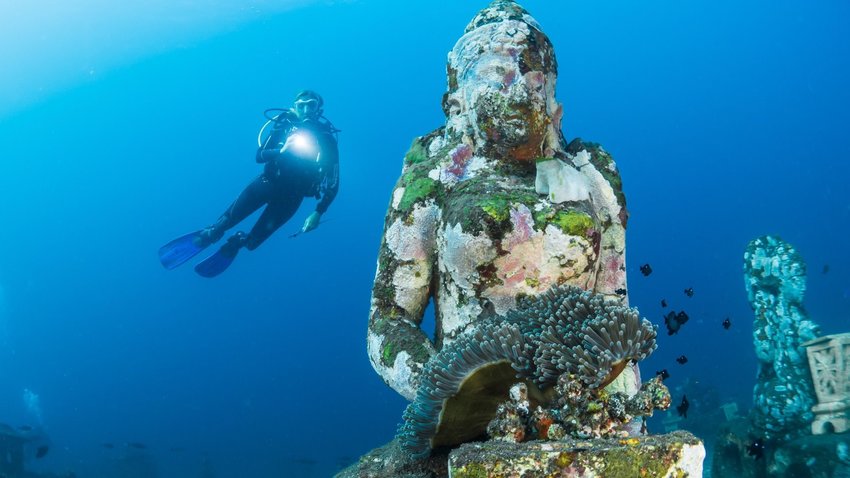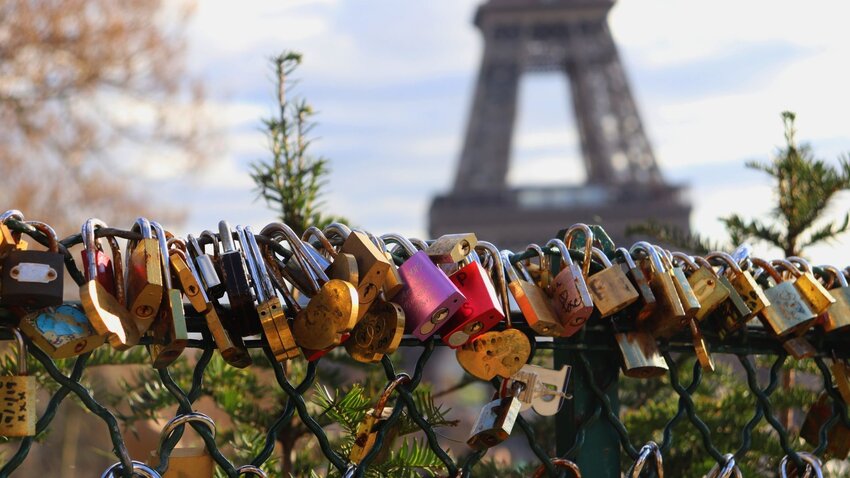Imagine transcending into another world, gliding weightlessly among brilliantly colored fish, marveling over kaleidoscopic coral structures, and watching fascinating sea turtles, rays, and other marine animals in their habitat. Swim through wrecked ships, under arched rock structures, or along enchanting coral walls that descend into a dark abyss. The only sounds you hear are the rhythmic flutter of bubbles that float past your ears as you breathe out. The wonder of descending below the water’s surface into this surreal world is what has inspired millions of people around the world to learn how to scuba dive. While diving carries some risks, getting certified to enjoy this pleasurable sport is easier than you might think.
Though you might not be able to travel to exotic reefs right now during our period of social distancing, this is actually the perfect time to get started — you can complete the first phase of your scuba training online!
Scuba Certification Explained
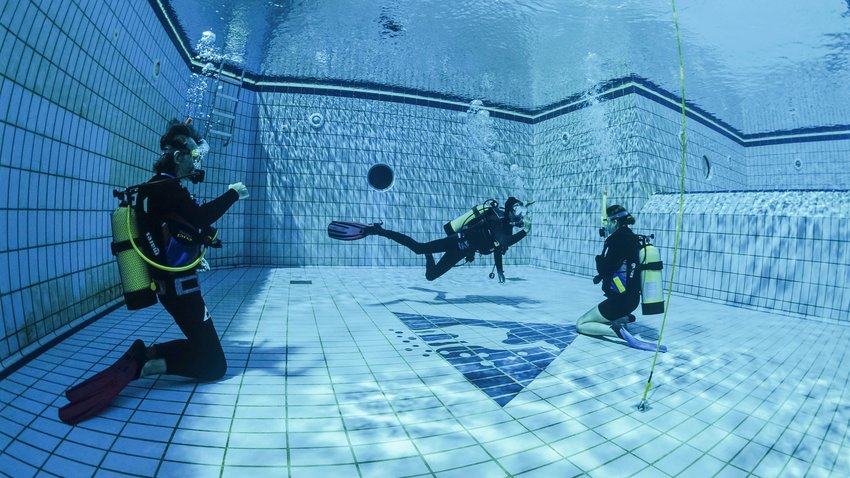
Unlike snorkeling, where you don’t need any formal training, scuba diving necessitates some education and supervised training because accidents can happen — and can be deadly. Fortunately, diving accidents are rare, and the majority are preventable. With proper training, diving can be a safe and exciting adventure.
Surprisingly, diving without a certification isn’t illegal — it’s just highly inadvisable. Most dive shops and boats won’t allow you to rent or fill air tanks unless you can show them proof of certification. You can also sign up for dive insurance if you’re certified. The Divers Alert Network, a widely respected international dive safety association, offers different insurance plans to offset the cost of medical care, emergency transportation, and equipment loss or damage in the event that something goes wrong.
Scuba Certification Organizations
You have a choice when it comes to scuba instruction and certification. You might be surprised to learn that there is no official national or international governing body that oversees dive training and certification. Dozens of excellent certification organizations exist around the world, but in the U.S. and the Caribbean, you’ll mostly encounter one of three: Professional Association of Diving Instructors (PADI), Scuba Schools International (SSI), and National Association of Underwater Instructors (NAUI). All offer similar levels of training and certification, but they differ slightly in their instruction. And just as with any “brand,” you’ll see disagreement within the dive community over which certification organization is “best.”
PADI is by far the most common and recognizable, and you’ll find PADI instruction in countless dive centers and resorts. PADI is an organization of instructors who usually work as freelancers or independent contractors, and carry their own liability insurance.
SSI is second in scope to PADI, but instead of instructors working as contractors to shops and resorts, SSI is a network of schools — and instructors work for the schools. SSI partners with dive centers and resorts. Many divers and instructors prefer SSI over PADI training because SSI instructors must stay current on new procedures and technical advances.
NAUI is a nonprofit and one of the oldest training agencies around. NAUI, while not as well-known as PADI and SSI, has a global reputation for instituting the highest training standards and offers more technically advanced courses. Many academic institutions, NASA, Walt Disney Resorts, and the U.S. Navy SEALs educate divers with the NAUI program.
Choose the Instructor, Not the Organization
At the beginning level, the certification organization doesn’t matter as much as the knowledge, teaching style, personality, and competency of your dive instructor. You must feel comfortable and trust your instructor fully, not just to help you learn proper skills — but possibly to save your life. Ask around, read reviews, get on dive forums, and call or visit dive centers before you sign up for a program.
Certification Phases
Regardless of the organization you train with, all follow three phases for the entry-level certification. They begin with knowledge development, aka academic sessions, either in a classroom, with books and DVDs, or online (more about classes in a moment). Usually, you must complete this step before entering the water.
Next, in a safe, confined body of water such as a pool or a roped-off, calm area just off the beach, your instructor will demonstrate how to set up and put on your gear, enter and exit the water, control your buoyancy and follow safety procedures. Once you practice these skills and feel ready to move on to phase three, the fun starts!
Your instructor will take you and your classmates (unless you signed up for private instruction) into an open body of water such as a lake, reservoir, or the ocean, depending on where you’re getting certified. You’ll complete four dives. On each dive, your instructor will ask you to perform certain activities and safety procedures and offer additional help with buoyancy control and anything else you need. Once you’ve completed your four dives, you can apply for your certification card, aka “C-card.”
Levels of Beginner Scuba Certification
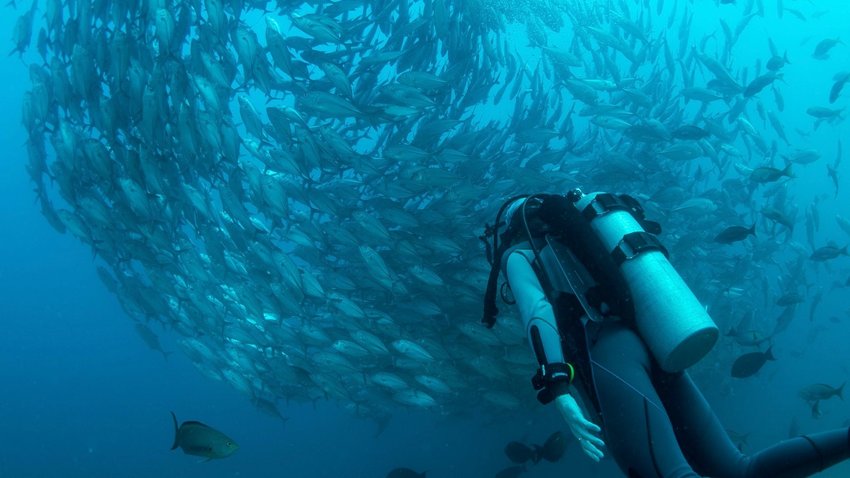
PADI, SSI, and NAUI all offer a couple of choices for beginner divers. Most divers prefer to earn what’s commonly known as an “Open Water” certification. This entry-level certification allows you to dive to a depth of 60 feet.
All three also offer a pre-Open Water certification that allows you to dive up to 40 feet — but only with a certified dive instructor. This course costs less and requires less time than the full Open Water course. This course is a good place to start if you’re not sure how much you’re going to enjoy the sport, or you’re short on time. If you decide to earn the full certification later, you’re about halfway there and can easily continue your instruction as long as you don’t wait too long.
Age, Fitness and Health Requirements for Scuba Diving
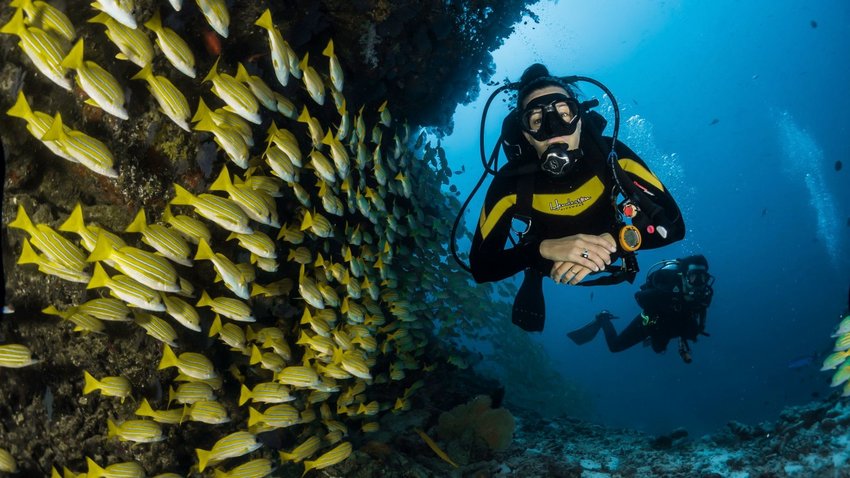
PADI, SSI, and NAUI will certify students for the pre-Open Water or the Open Water courses as young as age 10, and usually around age 15 for the next level course. All certification agencies around the world require you to be comfortable and competent in the water. You’ll be asked to demonstrate your swimming capabilities such as floating for 10 minutes unaided, swimming 200 yards without a mask, snorkel, and fins, or swimming 300 yards with a mask, snorkel, and fins.
You’ll also need to complete health questionnaires such as this one from PADI and identify any pre-existing medical conditions. If you have any health conditions such as diabetes, cardiovascular disease, high blood pressure, stroke, asthma, epilepsy, or lung problems, you’ll want to consult your doctor before beginning any scuba training. If you’re pregnant or suspect you might be, diving is off-limits. You’ll also need to be able to equalize your ears as you descend, so respiratory infections and allergies can also interfere with diving.
Although floating along underwater might not seem very taxing, you need to be in reasonably good health overall. Conditions can change unexpectedly, and you might suddenly have to swim against strong currents, much farther than you anticipated, or in rough seas on the surface. You also don’t want to jeopardize your fellow divers — if you or they get into trouble underwater, you’re all at risk of injury or even death.
Where You Can Do Your Dive Training

You have some options for where to do your training. How much time you have, your learning style, where you live, and your vacation preferences all factor into choosing your best option. As we noted earlier, all begin with knowledge development, aka academic sessions, either in a classroom or independently self-paced.
If you want the opportunity to interact in-person with your instructor and classmates, you’ll want to look for a local dive center or a resort that offers classroom instruction. Classes meet at scheduled times, usually evenings or weekends for dive centers, and at varying times at resorts. Choose this option if you want to be able to participate in question and answer sessions with your instructors and classmates, and you learn better in a classroom environment.
If you prefer to work at your own pace or in-person instruction isn’t an option due to COVID-19 social distancing guidelines, online classes offer the same materials. Online courses usually take between 8 and 22 hours to complete. SSI offers some free materials to get you started, while PADI has an array of paid online courses. You can’t get certified from online courses alone, but you’ll have to take an exam after you complete your practical instruction anyway, so they can really give you a leg up and ensure that you pass.
You can complete your confined water dives and continue to the four open water dives with a local dive center or a resort. Many beginner divers do the knowledge development and the confined water dives locally, and then do their open water dives once they reach a diving destination. Many prefer this option if they don’t live near an enjoyable body of water to do the open water dives. If your first foray underwater is going to be in a dark, cold, or murky lake, you might want to go for the tropical resort option! Also choose this option if you don’t have enough time to do the second and third phases before a trip.
If you lack the time or access to local dive centers to complete any prior instruction before a vacation, you can turn your vacation into a learn-to-dive experience. Many dive resorts offer a complete certification program you can complete in about a week. You can’t fly within 24 hours of diving, so make sure you add an extra day of non-diving at the end of your trip if you’re flying. The only real risk here is that you won’t know who your instructors are ahead of time. Again, this is the time to look for online reviews, and don’t hesitate to call the resort and ask to speak to instructors.
Photo by Sebastian Pena Lambarri

